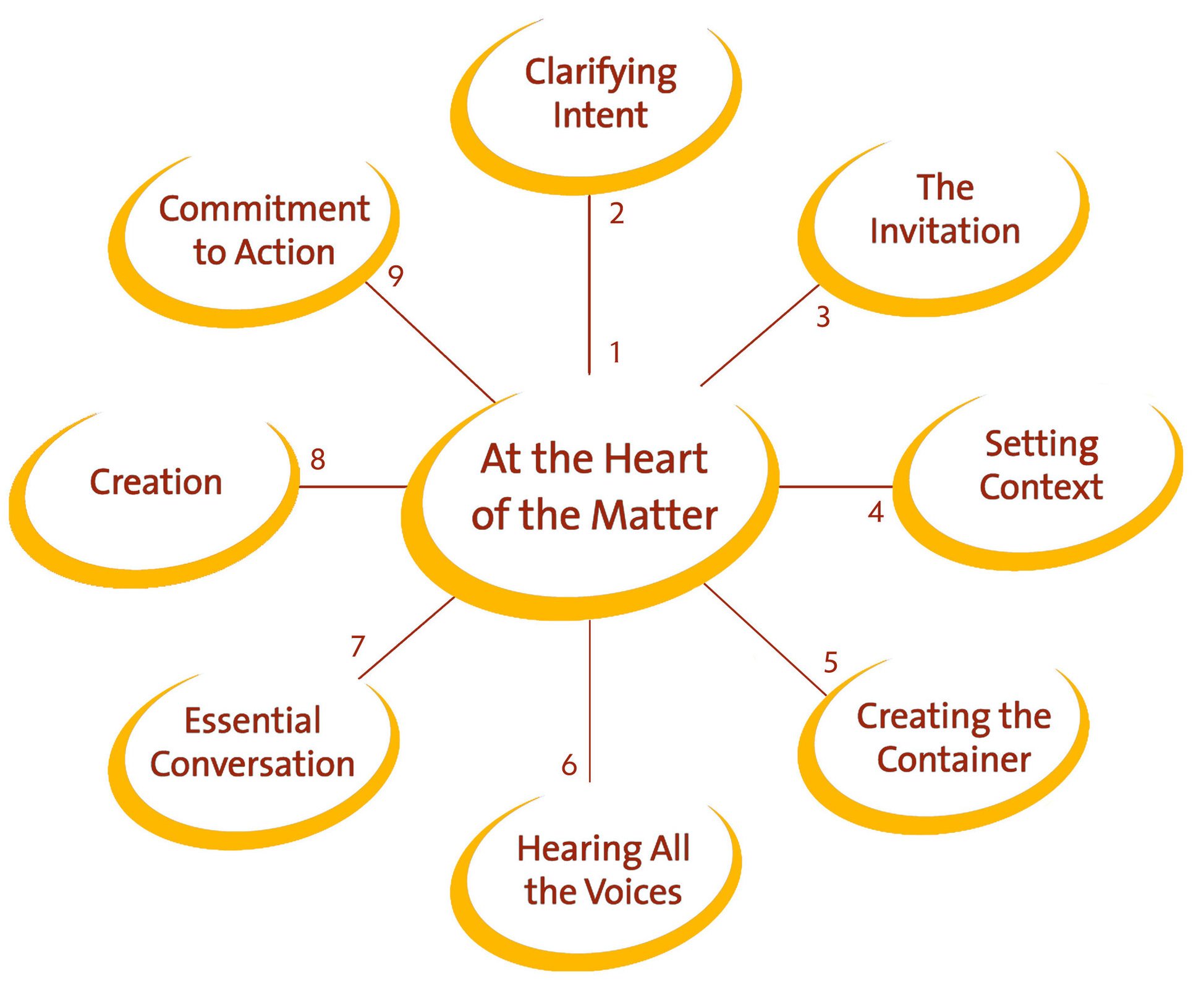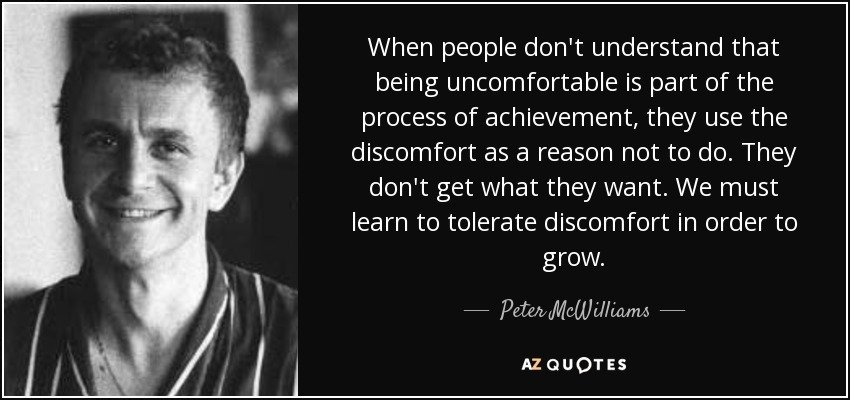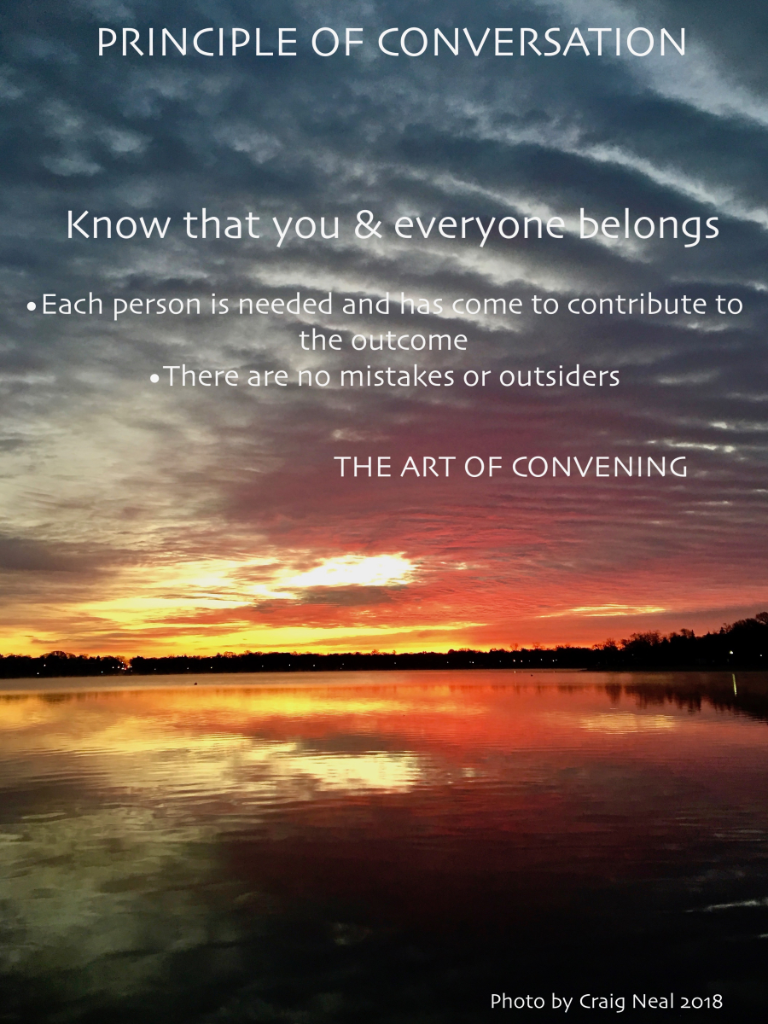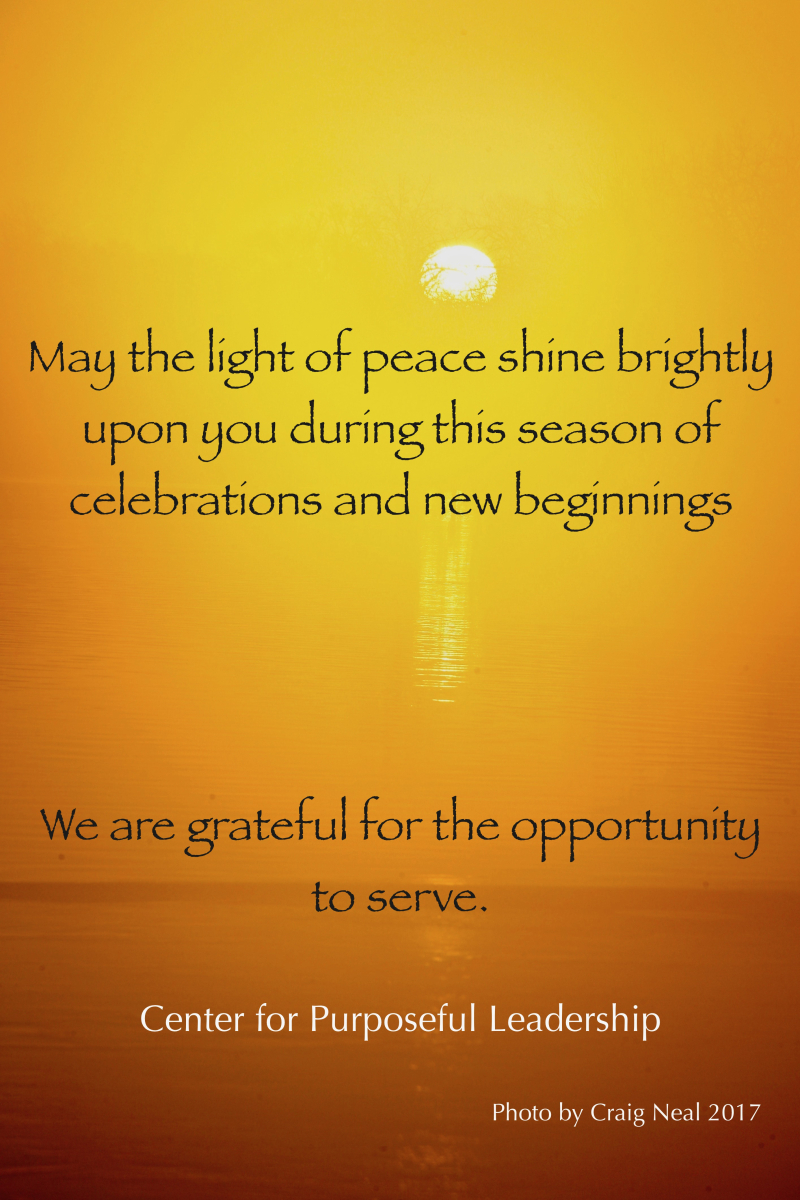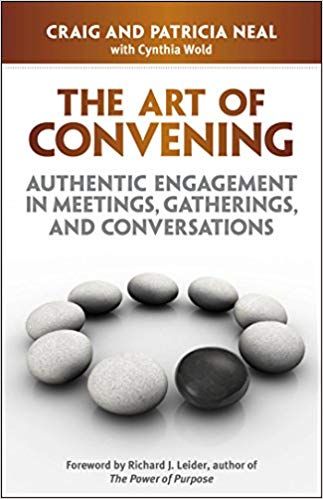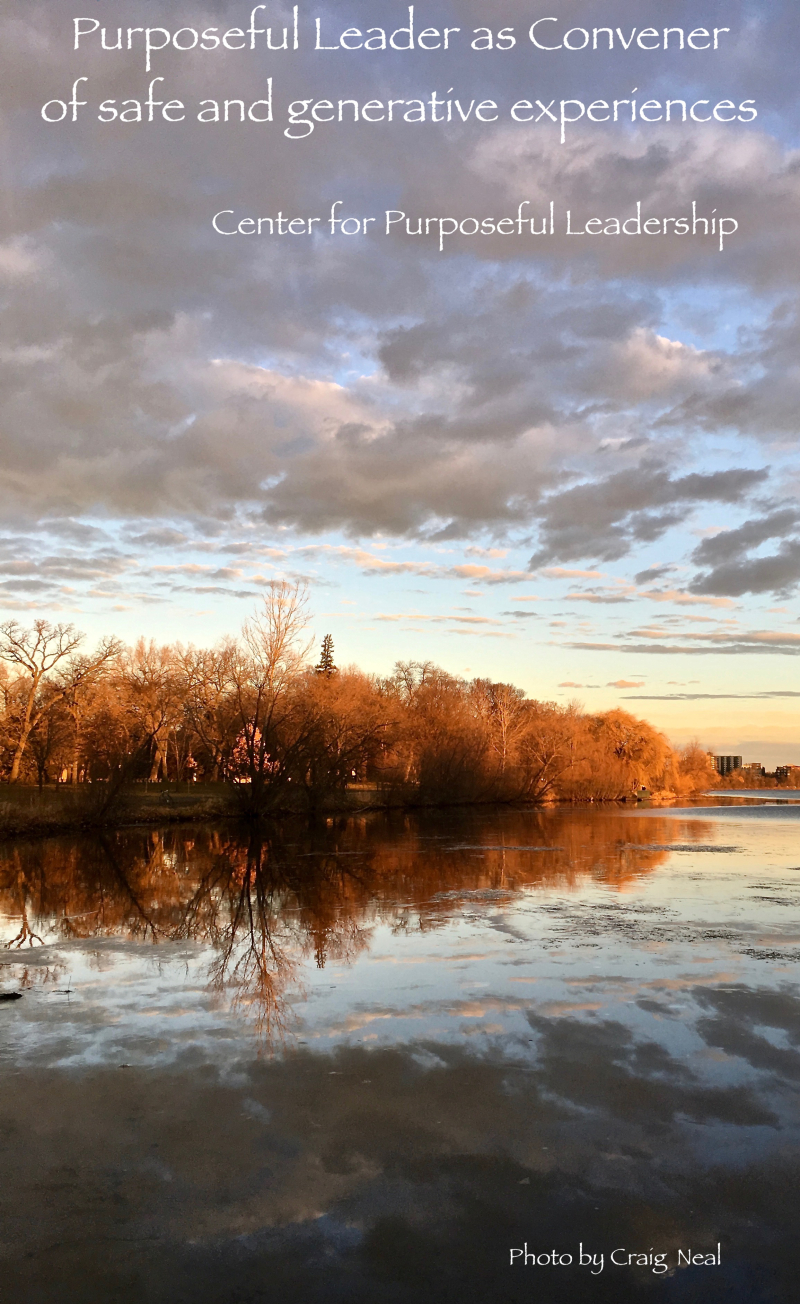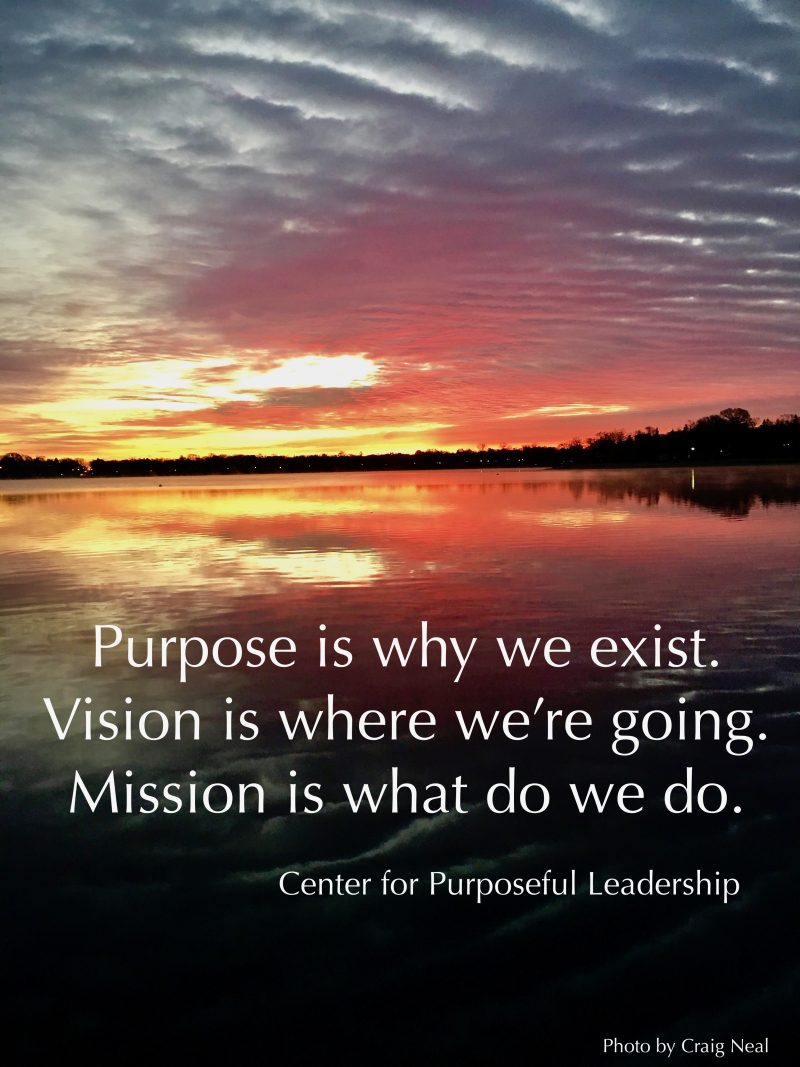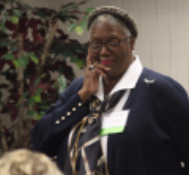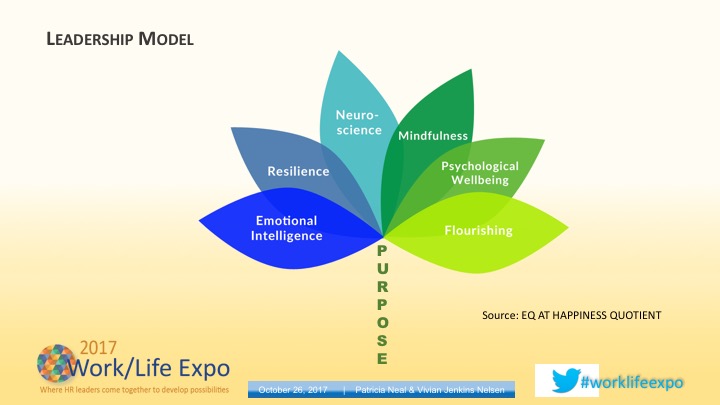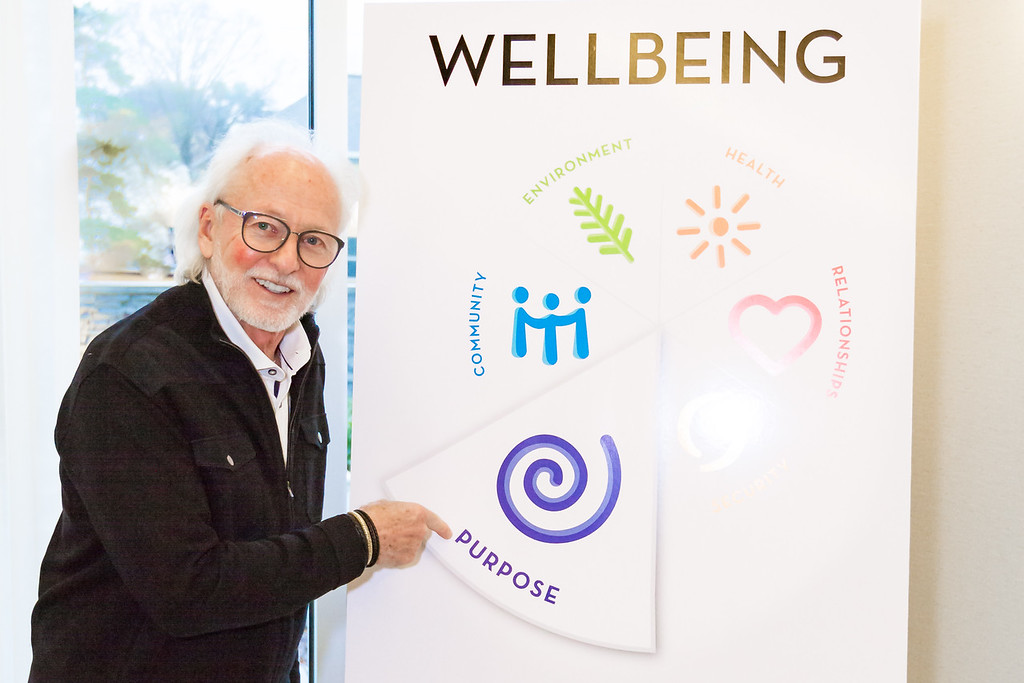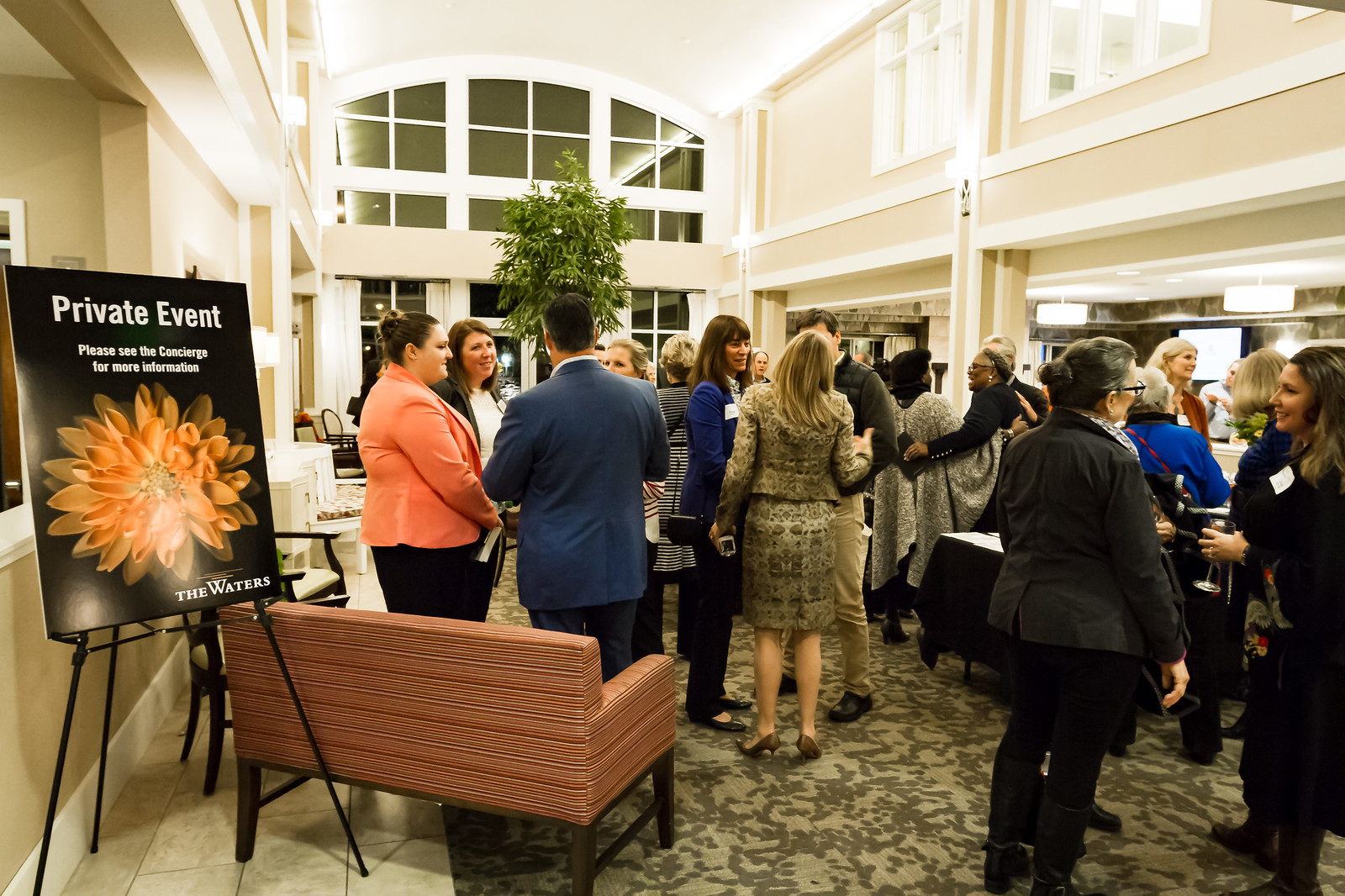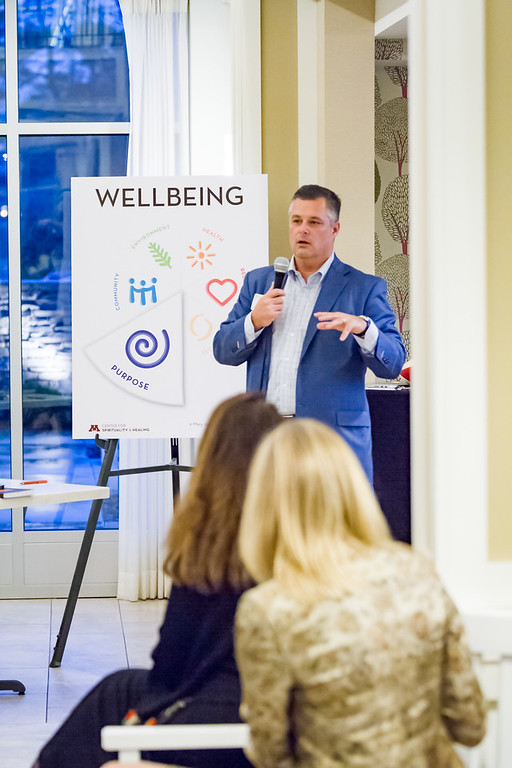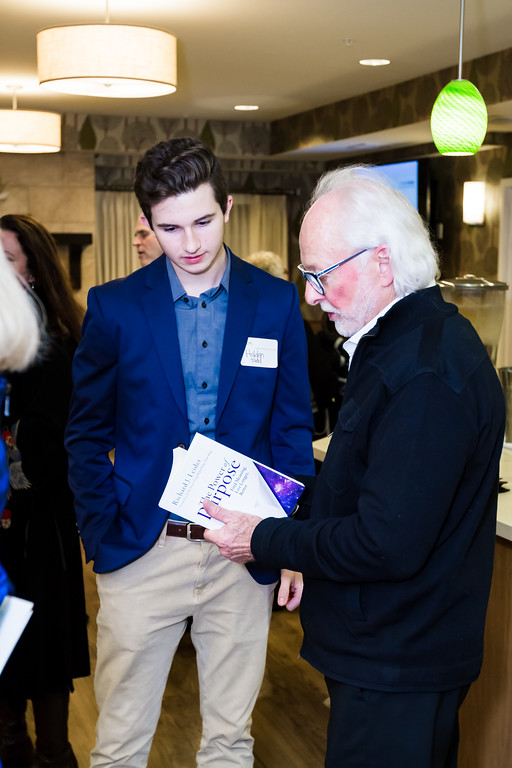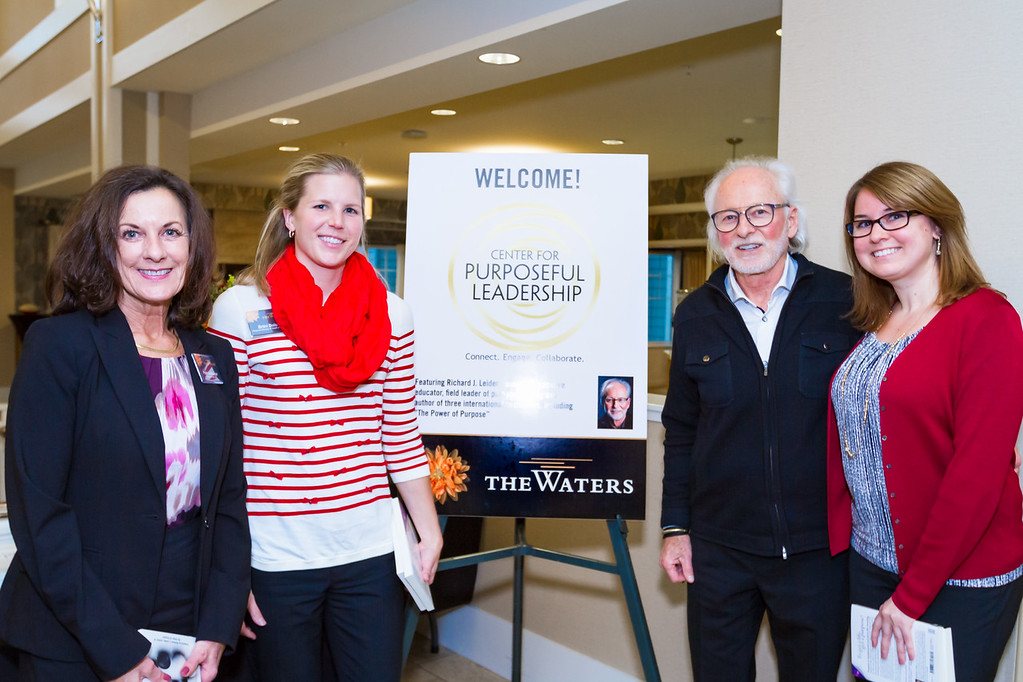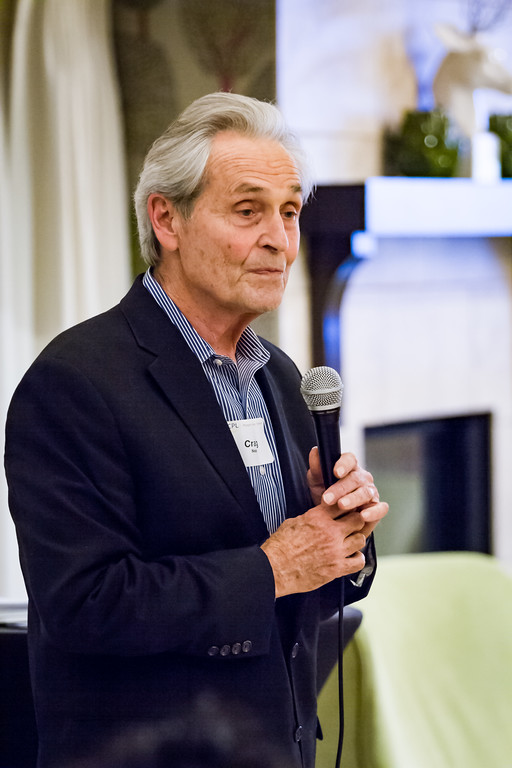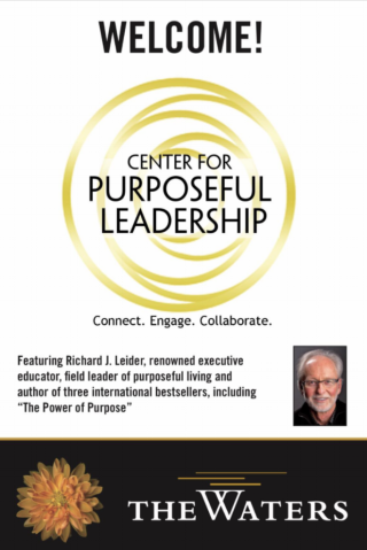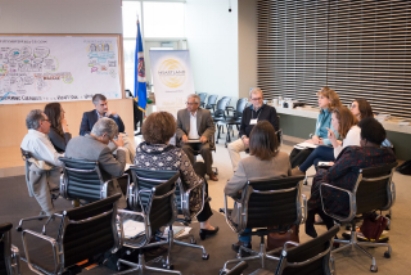This is very different from the conventional belief that the task of leadership is to set a vision, enroll others in it, and hold people accountable through measurements and reward. Consider how most current leadership trainings assert the following:
Leader and top are essential. They are role models who need to possess a special set of personal skills.
The task of the leader is to define the destination and the blueprint to get there.
The leader’s work is to bring others on board. Enroll, align, inspire.
Leaders provide the oversight, measurement, and training needed (as defined by leaders).
Each of these beliefs elevates leaders as an elite group, singularly worthy of special development, coaching, and incentives. All of these beliefs have face validity, and they have unintended consequences. When we are dissatisfied with a leader, we simply try harder to find a new one who will perform more perfectly in the very way that led to our last disappointment. This creates a level of isolation, entitlement, and passivity that our communities cannot afford to carry.
The world does not need leaders to better define issues or to orchestrate better planning or project management. What it needs is for the issues and the plans to have more of an impact, and that comes from citizen accountability and commitment. Engagement is the means through which there can be a shift in caring for the well-being of the whole, and the task of a leader as convener is to produce that engagement.
The Art of Convening
The shift is to believe that the task of leadership is to provide context and produce engagement, to tend to our social fabric. It is to see the leader as one whose function is to engage groups of people in a way that creates accountability and commitment. In this way of thinking we hold leadership to three tasks:
Create a context that nurtures an alternative future, one based on gifts, generosity, accountability, and commitment.
Initiate and convene conversations that shift people’s experience, which occurs through the way people are brought together and the nature of the questions used to engage them.
Listen and pay attention.
Convening leaders create and manage the social space within which citizens get deeply engaged. Through this engagement, citizens discover that it is in their power to resolve something or at least move the action forward.
Engagement and the accountability that grows out of it occurs when we ask people to be in charge of their own experience and act on the well-being of the whole. Leaders do this by naming a new context and convening people into new conversations through questions that demand personal investment. This is what triggers the choice to be accountable for those things over which we can have power, even though we may have no control.
In addition to convening and naming the question, we add listening to the critical role of leadership. Listening may be the single most powerful action the leader can take. Leaders will always be under pressure to speak, but if building social fabric is important, and sustained transformation is the goal, then listening becomes the greater service.
This kind of leadership––convening, naming the question, and listening––is restorative and produces energy rather than consumes it. It is leadership that creates accountability as it confronts people with their freedom. In this way, engagement-centered leaders bring kitchen table and street corner democracy into being.
2017 Center for Purposeful LeadershipThe Art of Convening






























![[Hearth] Voices from Ukraine: Part 2](https://images.squarespace-cdn.com/content/v1/58a4e3be9de4bb98b066fd6f/1647955546471-VUGA4FCGFEUYJ29TEQVA/sunforest-mix-sunflower-types-1586794598.jpeg)

